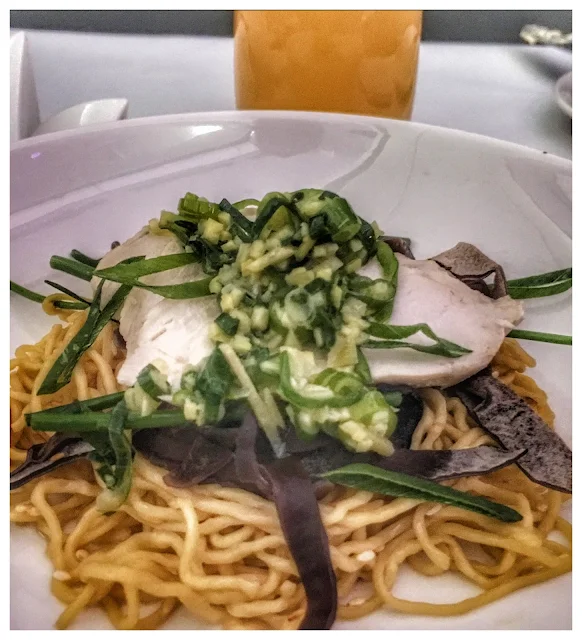It can be both interesting and disappointing to hear from news media about cities vying to have the most impressive fireworks on New Year’s Eve. When you reflect quickly about it, the end of a calendar year is just an administrative measure, a daily turn of the Earth as a planet and an excuse for crowding up again.
A lot of taxpayer money is literally burned up in oversized sparkles in the sky that seriously remind both humans and animals of the excesses of warfare, with the added thunderous boom, flashes of aggression and the competitive passion of who and what can come up with the largest, the most spectacular, the highest and the most colourful. The huge effort to maintain personal and public security, optimal logistical processes and executing clean up matters is often not recognised enough, compared to the brief consumption and gratification fulfilled from fleeting and temporal burn up of chemicals in the surrounding environment.
A great city’s reputation, character and viability does not depend upon a single night of exploding lights. The long term attractiveness of a city is more significantly determined by other long term values and features.
Public funds spent in this manner can encourage the over charging of commercial rates for accommodation, food and transport. The hype of churned up excitement waiting for huge fireworks displays can quickly turn into the reality of not being able to go home efficiently after midnight, of falling into the stupor of excesses in drinking and unruly behaviour, or of a further determination of the real costs of attending such events.
Still, every individual at least one point in life, feels the urge of attending, such tribal gatherings of sharing wonder with and marvelling at such celebrations.
If we think for ourselves - and not get caught up in such annual literally fiery outbursts - why is it not possible to utilise the effort, funding and passion for organising community fireworks instead to enable more positive aspects and outcomes of our human intellect and potential?
Every New Year’s Eve, the new world ahead for us can consider festivities of other kinds.
Instead of polluting the immediate environment with smoke and smell, we can infuse that special evening with mass gatherings to share other things. Instead of burning chemicals, we can celebrate mass efforts in reaffirming our core values of helping each other, of showing practical steps to further help our disadvantaged in society and to emphasise the features of a more vibrant city or national lifestyle in improving education, health and wealth.
Watching huge firework displays can be so passive on the part of a viewer - it can be boring when repeated year after year. We need to get the public involved with personal participation with a purpose, beyond the temporary Yays, shouts and group cheers occurring during spectacular fireworks.
Fireworks thrive on the short term visual, instant gratification and consumption of what does not last. We as individuals, community and as a shared culture deserve better than this. Do firework displays help resolve long standing issues for a community - they do not, but make us momentarily forget about them, like drugs and alcohol. In the clear vivid reality of the next morning, nothing has really changed.























